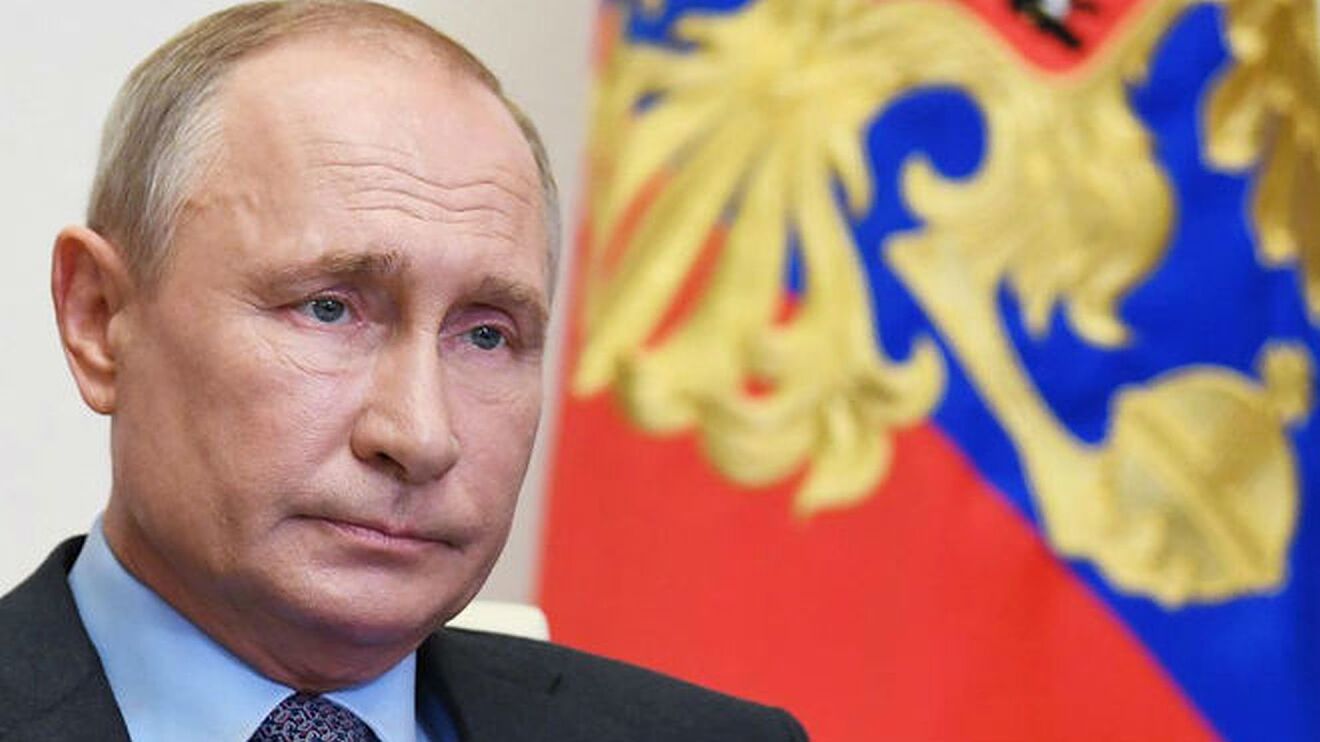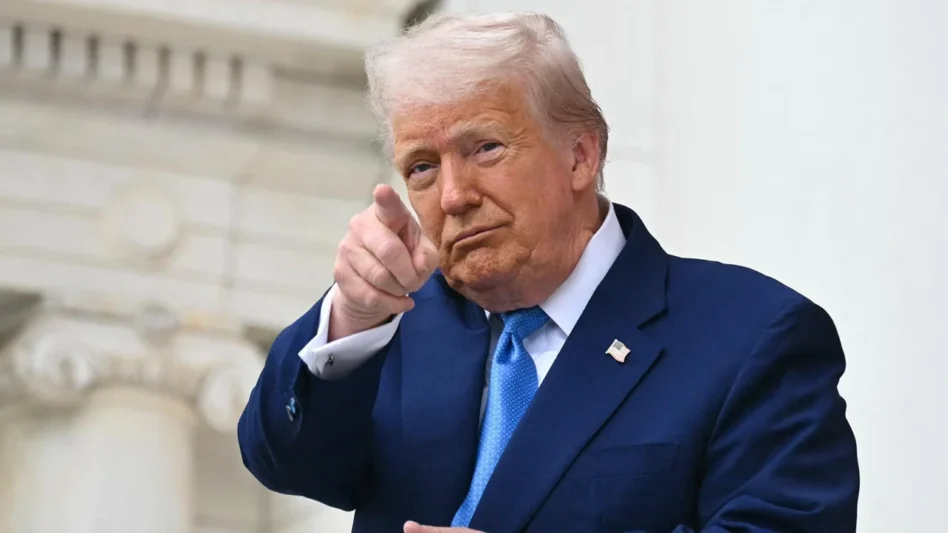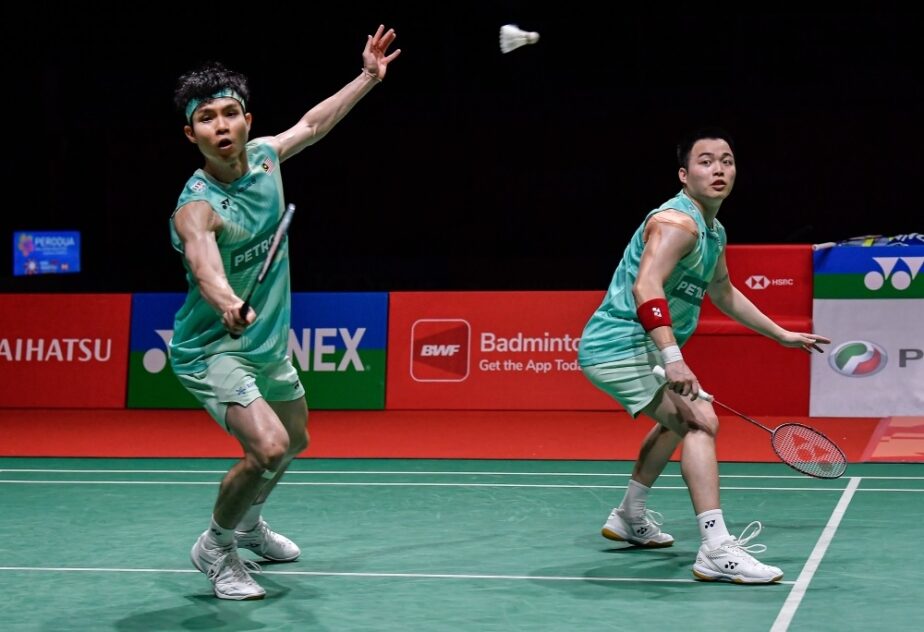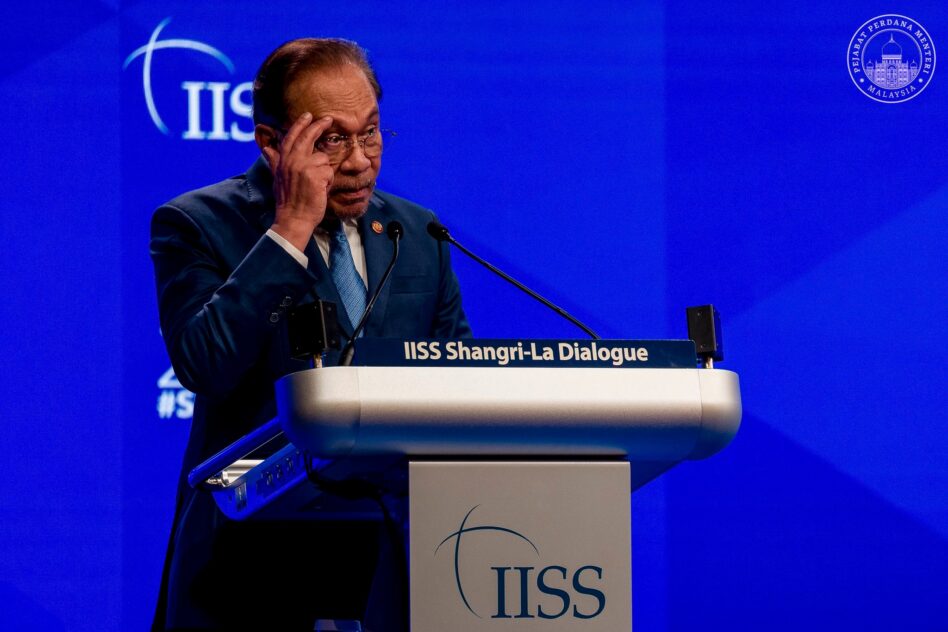VLADIMIR Putin’s obsession with Ukraine stems from a few reasons, with the first being his refusal to reconcile with Russia’s past.
The Russian president grew up during the golden years of the Soviet Union, and before it collapsed, he served as a KGB agent in East Germany.
The Soviet’s fall in 1991 took a personal toll on Putin, including forcing him to drive taxis to make ends meet.
In April 2005, Putin described the Soviet’s fall as the “greatest geopolitical catastrophe” of this century, and last December, he called the independence of former Soviet colonies a “major humanitarian tragedy”.
So, for Putin, losing Ukraine – the largest former Soviet state besides Russia – to Western embrace is non-negotiable.
After the Euromaidan Revolution in 2014 toppled the Moscow-backed Ukrainian president, Viktor Yanukovych, Putin retaliated by annexing Crimea.
He also backed rebel groups in Donetsk and Luhansk provinces to cut ties with Ukraine and recently the breakaway regions as independent nations.
Now, Putin wants to tighten his grip on Ukraine before it slips further away from Moscow’s embrace.
The second reason is Putin’s contention with the North Atlantic Treaty Organisation (NATO).
NATO, initially formed in 1949 to curb Soviet expansionism, began welcoming former Soviet states after the Cold War ended.
Under Article 5 of the Washington Treaty, NATO guarantees collective security for all its members. This means that if one NATO member is attacked, the other members are legally obligated to roll out military support to the affected member.
To Putin, the enlargement of NATO meant that the West is encircling Russia and closing in on her borders.
Russia is already bordered by four NATO members – namely Norway, Lithuania, Latvia and Estonia – and Ukraine was close to becoming the fifth.
In December 2021, Putin demanded NATO to withdraw troops back to its 1997 position and to deny membership for former Soviet states, including Georgia and Ukraine.
Putin was not the first Russian president to impose such demands. His predecessor, Boris Yeltsin, insisted former US President Bill Clinton to do the same in 1997, but the latter refused.
But Putin has shown that he is not Yeltsin – if he wants to be heard, he must be heard.
The third reason is, of course, economy.
Russia supplies almost 40% of Europe’s natural gas, with Germany being the biggest importer. In fact, oil and gas make up two-thirds of Russia’s export revenues.
Ukraine plays a pivotal role in Russia’s natural gas trade, as the two major pipelines transporting Russia’s gas to Western Europe – Bratstvo and Soyuz – passes through Ukraine. Bratstvo is also Russia’s largest pipeline to Europe.
This allows Ukraine to earn about US$2 bil in transit fees from Russia every year.
However, over the years, Russia has tried to reduce, and eventually eliminate reliance on Ukraine for its natural gas trade. The Nord Stream pipeline, that directly link Russia to Germany, is one such effort.
After the Nord Stream commenced operations in 2011, Russia’s natural gas exports to Europe through Ukraine dwindled by 30-40%.
The Nord Stream 2 pipeline project, which Germany has halted after the Ukraine invasion, was also meant to double Russia’s natural gas exports to Germany.
In 2019, Putin agreed to pay Ukraine transit fees worth over US$7 bil to continue shipping gas to Europe through Ukraine until 2024.
But, he did that reluctantly after the US passed sanctions against Nord Stream 2.
Controlling Ukraine, thus, allows Putin to bolster Russia’s gas trade and even leverage natural gas supply as a bargaining chip against Europe.
The robust economic interdependence between Russia and Europe, in the case of Ukraine, is a double-edged sword. This is because sanctions aimed to hurt Russia will inevitably hurt Europe too.
So, how long is Europe willing to pay the price before Putin agrees to listen? – March 3, 2022
Dhesegaan Bala Krishnan is a freelance journalist based in Kuala Lumpur.
The views expressed are solely of the author and do not necessarily reflect those of Focus Malaysia.









